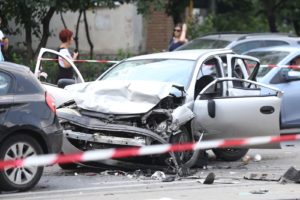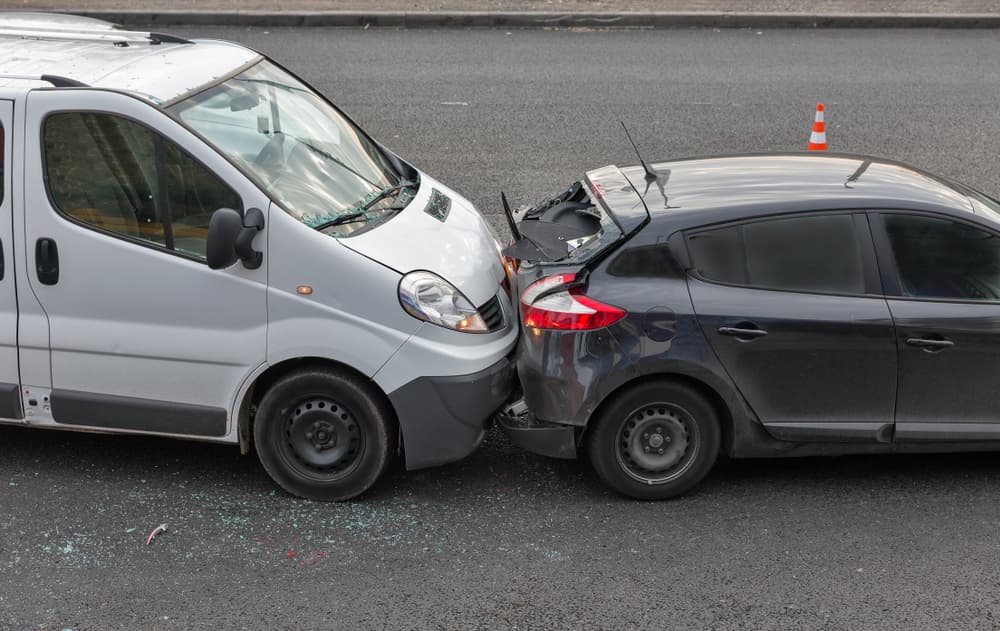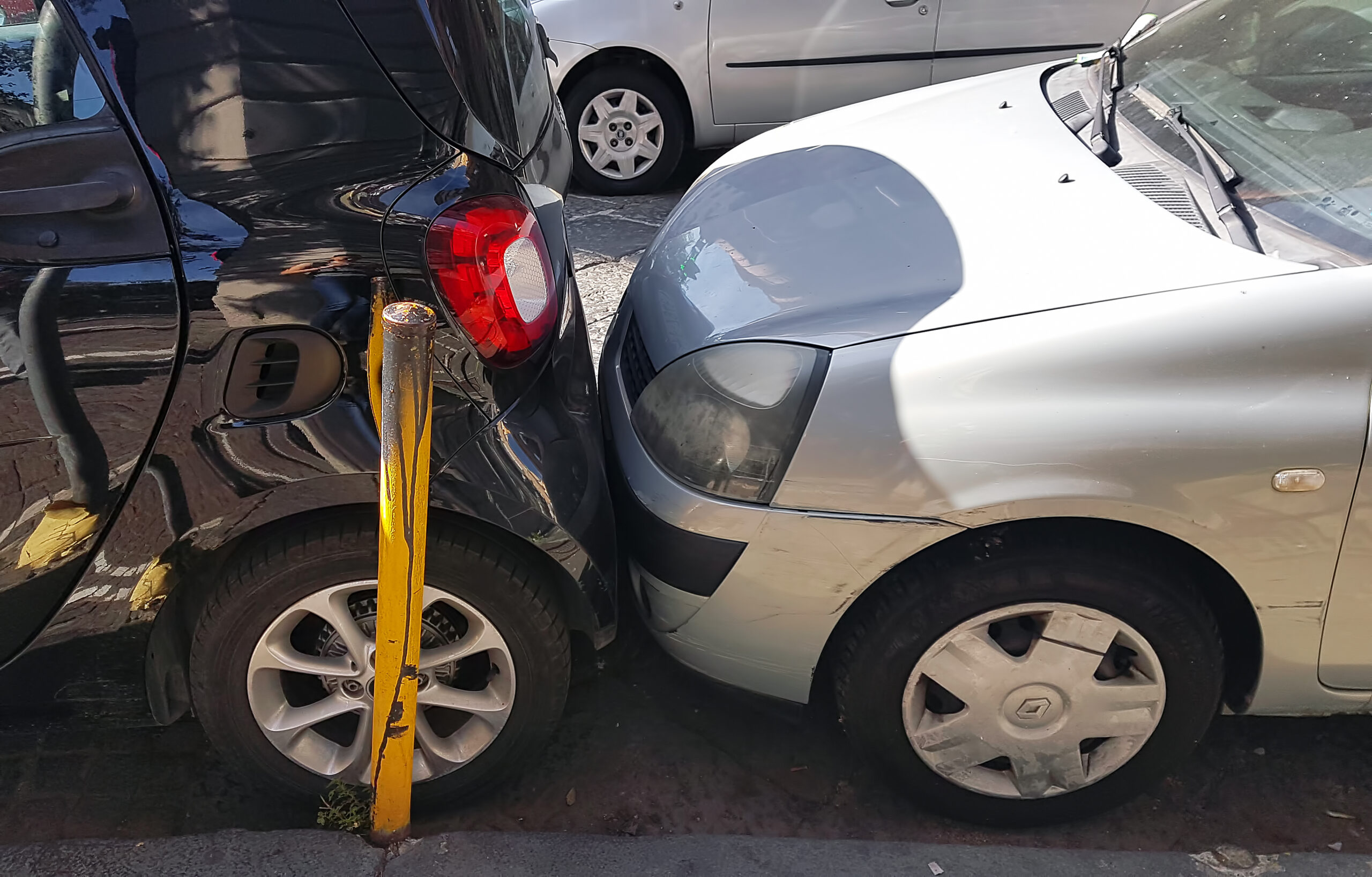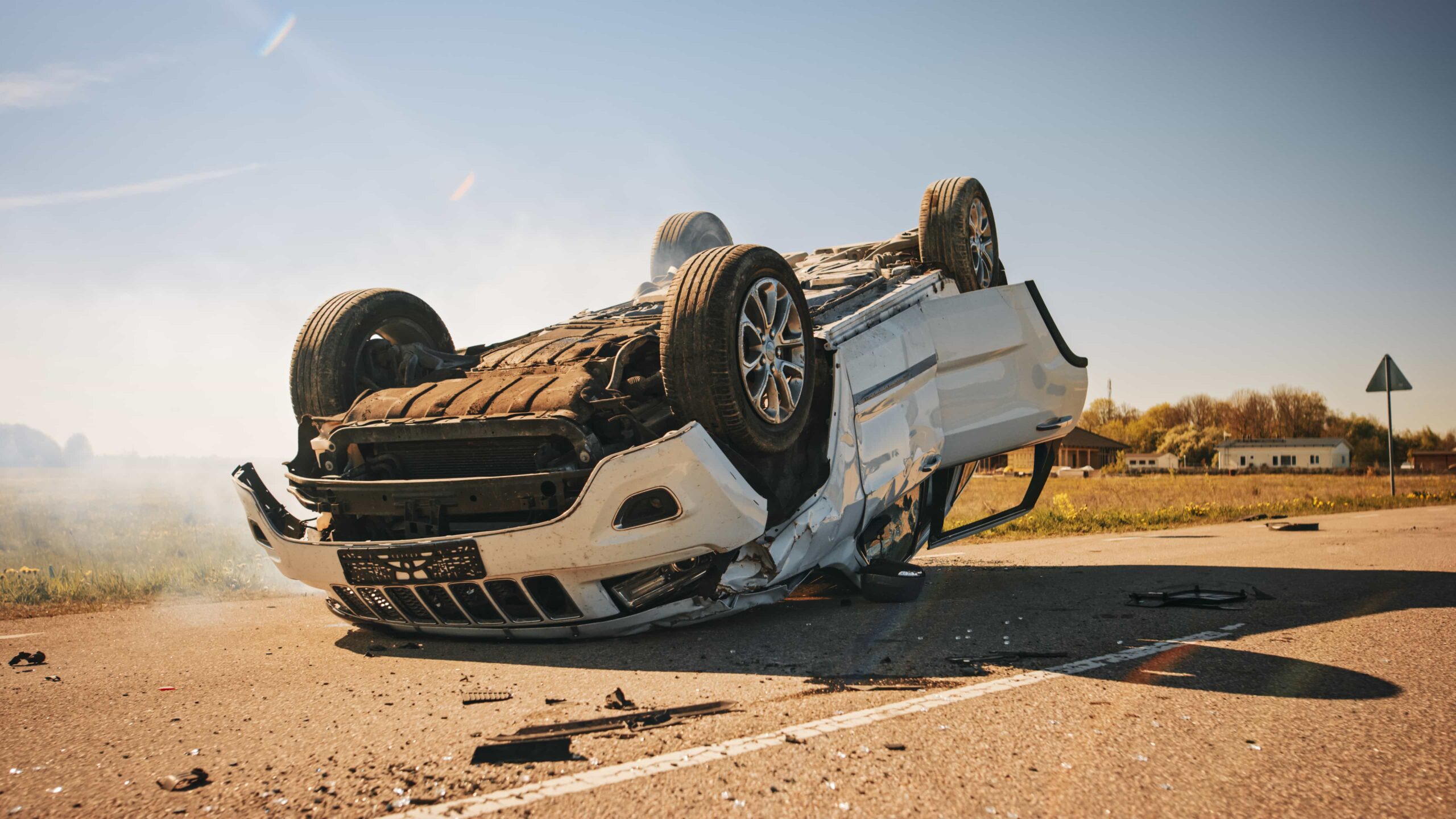Car accidents are a major source of injury in Illinois. When you’re injured in an accident, you suddenly find that a lot of consideration is given to who caused the crash. That is such an important question because the liable party is responsible for the expenses caused to others.
While some accidents, such as those caused by one driver’s reckless behavior—alcohol impairment, speeding, fatigue, etc.—may be fairly simple to prove, others are more complex. Here are some relatively common ways that a car accident may occur, along with potential sources of liability that a Chicago car accident lawyer can help you identify if they exist in your individual case.
The Broadside Car Accident

Broadside accidents are also known as side-impact collisions or T-bone collisions. They occur when the front of one vehicle collides with the side of another. This type of collision accounts for more than a quarter of all fatalities to passenger car occupants, and is particularly dangerous to passengers sitting on the side of the vehicle that was struck.
This danger is even greater when there is a large size discrepancy between the vehicles, such as when a passenger car is broadsided by a commercial truck. One of the most commonly occurring accidents to occur at an intersection, broadside collisions are generally caused by one driver failing to yield the right-of-way to another.
Illinois’s traffic laws require drivers to yield the right-of-way to other drivers, bicyclists, and pedestrians for many different reasons. Some of those reasons include:
- When a driver is turning right at a red light, he or she must yield to traffic in the travel lane he or she is turning onto.
- When at a four-way stop sign, all drivers must yield to the first driver to arrive at the sign. When two drivers arrive at the stop sign at the same time, the vehicle on the left should yield to the vehicle on the right.
- When entering an intersection with a flashing yellow arrow, the driver must yield to all oncoming traffic.
- When an emergency vehicle is approaching with flashing lights and/ or an audible siren.
- When a pedestrian is entering a marked crosswalk, drivers of motor vehicles must yield the right-of-way to the pedestrian.
While this is not an exhaustive list, these are just a few of the scenarios in which one must yield the right-of-way. A driver’s failure to do so will generally result in liability for injuries and property damage incurred by others if there is an accident.
Rear-End Automobile Collisions
Rear-end collisions occur when the front of one vehicle collides with the rear of another vehicle. There are approximately 1.7 million rear-end accidents in the United States each year, making it the most common type of accident involving more than one vehicle. Although often regarded as minor, these accidents result in around 1,700 fatalities each year and around half a million injuries.
These accidents are commonly caused when the following car is tailgating (following too closely) behind the lead car. The lead car suddenly slows or stops and the driver of the following car does not have time to bring his or her car to a safe stop.
While liability for a rear-end collision generally lies with the driver of the following car, there are circumstances where the lead car’s driver may be liable, such as:

-The driver of the lead car reverses suddenly.
-The lead car’s driver signals and slows to make a turn and then fails to execute the turn.
-The brake lights of the lead car aren’t functional.
-The lead car suffers a flat tire and the driver does not pull off of the roadway or put his or her hazard lights on.
Head-On Car Collisions
When the front of one vehicle strikes the front of another vehicle, it is known as a head-on collision. While head-on collisions only account for approximately 2 percent of all motor vehicle accidents that occur in the United States, they account for around 10 percent of all traffic-related fatalities. One of the main reasons this type of accident is so dangerous is the increased energy of the crash created by the forward-moving speed of both vehicles when the collision occurs.
Head-on collisions involve one vehicle leaving its travel lane and venturing into an opposing travel lane. Some of the main reasons why this occurs are:
- Wrong-way driving on a one-way road or ramp.
- A vehicle swerving or veering into oncoming traffic.
- An accident in which one of the vehicles involved is pushed by the force of the collision into opposing traffic.
Liability for the accident generally lies with the individual whose car departed its own lane of travel. However, in chain-reaction cases where the head-on was a product of a prior accident, liability may rest with the driver who caused the initial accident.
Multi-Car Accidents
Multi-car accidents, also known as chain reaction crashes, involve three or more vehicles. This type of accident often occurs when two vehicles are involved in an initial crash, which causes the vehicles to collide with surrounding traffic. There may be several sources of liability in multi-vehicle accidents, or liability may lie with only the driver whose actions caused the initial accident.
Some possible scenarios and associated liability include:
- An accident in which vehicle A stops at a stop light. The driver of vehicle B, which is driving directly behind vehicle B, is distracted and fails to notice that vehicle A has stopped. Vehicle B rear-ends vehicle A, causing vehicle A to enter the intersection and broadside vehicle C. Liability in this scenario would belong to the driver of vehicle B, who failed to stop.
- Vehicle A stops at the stop light. Vehicle B, which is following too closely, rear-ends vehicle A. Vehicle C, which is also following too closely, then collides into vehicle B. Liability in this case would likely belong to the drivers of vehicles B and C for following too closely.
- Vehicle A stops at a stop light, but the brake lights on the vehicle are not working. Vehicle B collides with vehicle A. Vehicle C, whose driver is distracted, fails to notice the hazard ahead and collides with vehicle B. Liability could partially belong to the driver of vehicle A for defective tail lights, vehicle B for failing to reduce speed to avoid an accident and vehicle C for distracted driving.
In the most recent year for which data is available, more than 319,000 traffic accidents took place statewide. One out of every five of these accidents resulted in injuries to the occupants of the vehicles involved, while 951 of these accidents resulted in a fatality. The above, then, can only provide a short summary of the many situations in which participants in a car accident might dispute liability.
That why, if you were injured in an accident, you will want an experienced attorney to look carefully at the facts of your case and determine all potential sources of liability. If you need more information on the legal process of collecting compensation after a car accident, a car accident attorney can help.
Abels & Annes, P.C.
100 N LaSalle St #1710
Chicago, IL 60602
(312) 924-7575



